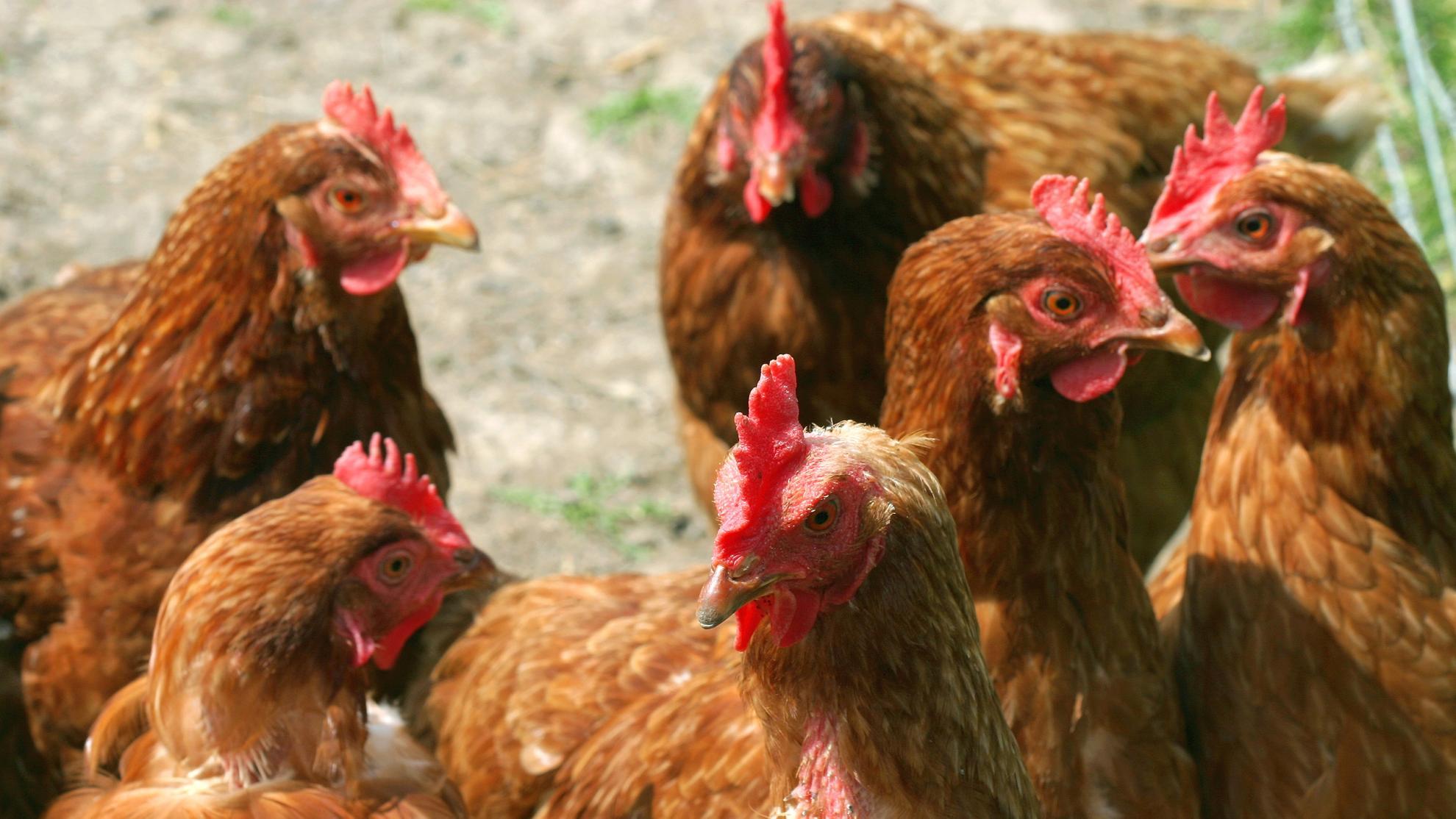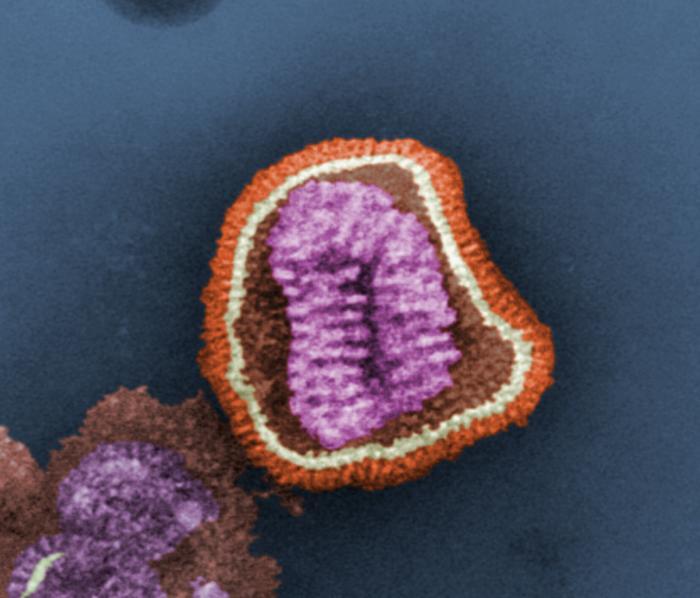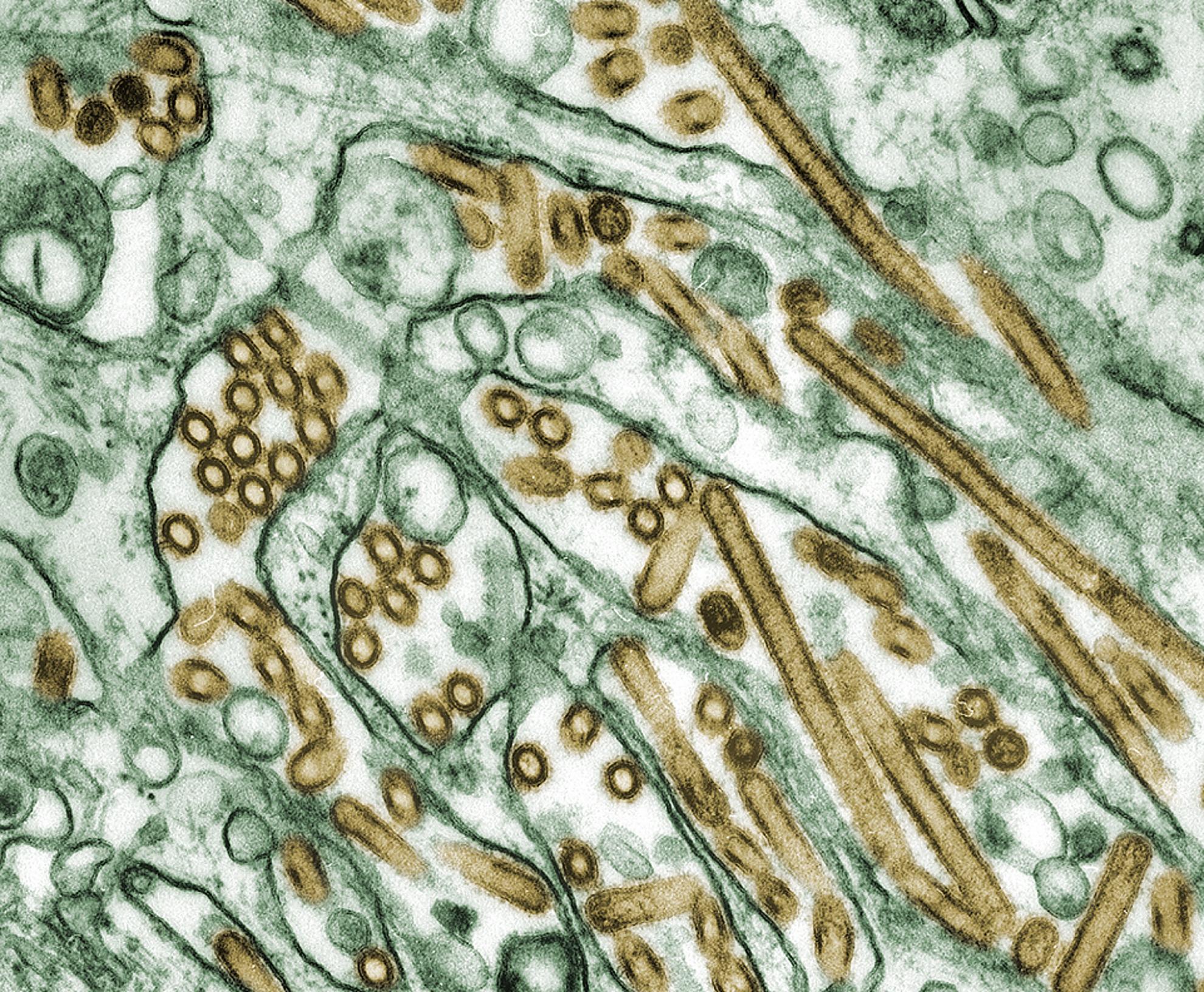The application of NHEJ-CRISPR/Cas9 and Cre-Lox system in the generation of bivalent duck enteritis virus vaccine against avian influenza virus
Duck-targeted vaccines to protect against avian influenza are critically needed to aid in influenza disease control efforts in regions where ducks are endemic for highly pathogenic avian influenza (HPAI). Duck enteritis virus (DEV) is a promising candidate viral vector for development of vaccines targeting ducks, owing to its large genome and narrow host range. The clustered regularly interspaced palindromic repeats (CRISPR)/Cas9 system is a versatile gene-editing tool that has proven beneficial for gene modification and construction of recombinant DNA viral vectored vaccines. Currently, there are two commonly used methods for gene insertion: non-homologous end-joining (NHEJ) and homology-directed repair (HDR). Owing to its advantages in efficiency and independence from molecular requirements of the homologous arms, we utilized NHEJ-dependent CRISPR/Cas9 to insert the influenza hemagglutinin (HA) antigen expression cassette into the DEV genome. The insert was initially tagged with reporter green fluorescence protein (GFP), and a Cre-Lox system was later used to remove the GFP gene insert. Furthermore, a universal donor plasmid system was established by introducing double bait sequences that were independent of the viral genome. In summary, we provide proof of principle for generating recombinant DEV viral vectored vaccines against the influenza virus using an integrated NHEJ-CRISPR/Cas9 and Cre-Lox system.


